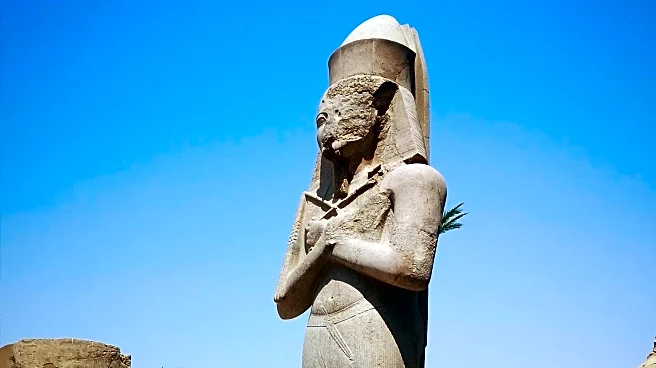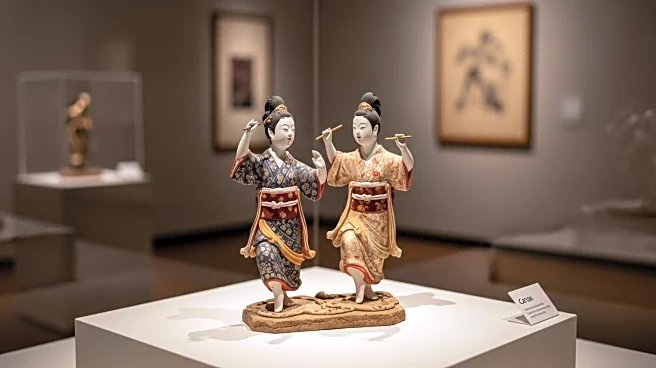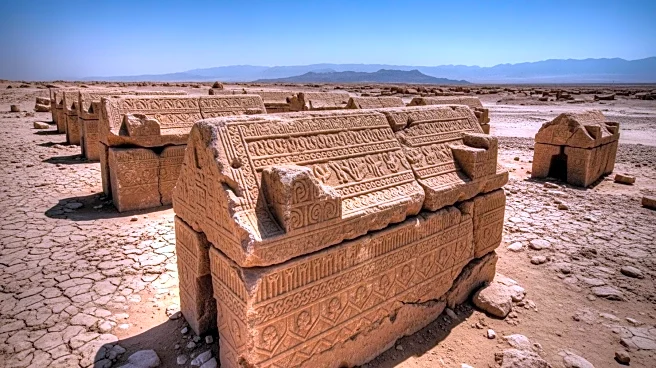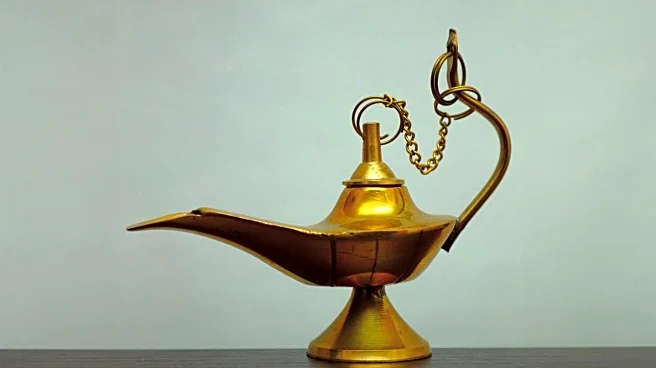What's Happening?
Archaeologists have discovered a set of 11,500-year-old stone figurines in Turkey, believed to be the earliest known storytelling objects. The figurines, depicting a fox, vulture, and boar, were found in a precise arrangement at Karahan Tepe, a Neolithic settlement near Göbekli Tepe. This discovery challenges previous theories about the origins of sedentary societies, suggesting that storytelling may have played a crucial role in social cohesion. The figurines are part of an exhibition at the Nation's Library in Ankara, showcasing the cultural significance of narrative art in early human history.
Why It's Important?
The discovery of these figurines offers new insights into the social and cultural practices of Neolithic societies. By suggesting that storytelling was a foundational element in the development of sedentary communities, the find challenges traditional views on the evolution of human societies. This has implications for understanding the role of art and narrative in shaping social structures and cultural identities. The exhibition in Ankara highlights the importance of preserving and studying ancient artifacts to gain a deeper understanding of human history.
Beyond the Headlines
The figurines' discovery also raises questions about the ethical and legal aspects of artifact repatriation. Turkey's efforts to recover looted artifacts, including the repatriation of a statue of Roman Emperor Marcus Aurelius, reflect a broader movement to address cultural heritage theft. This underscores the need for international cooperation in protecting and returning cultural artifacts to their countries of origin.












